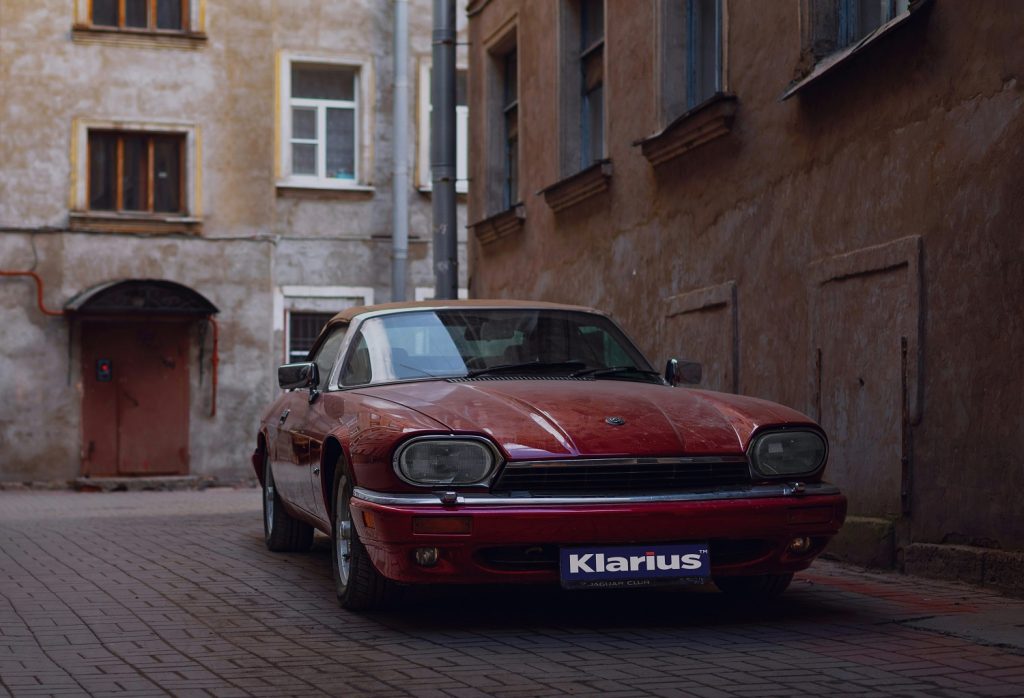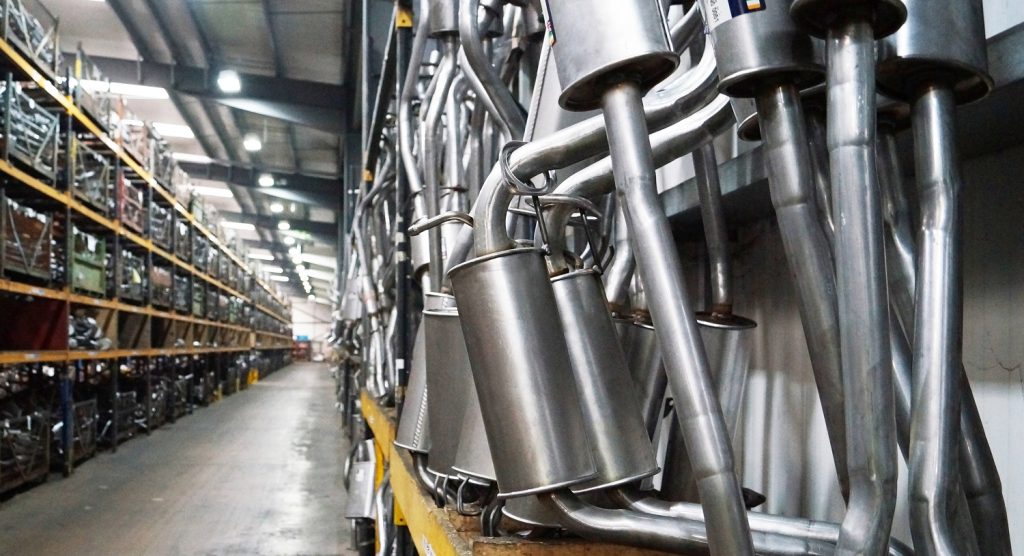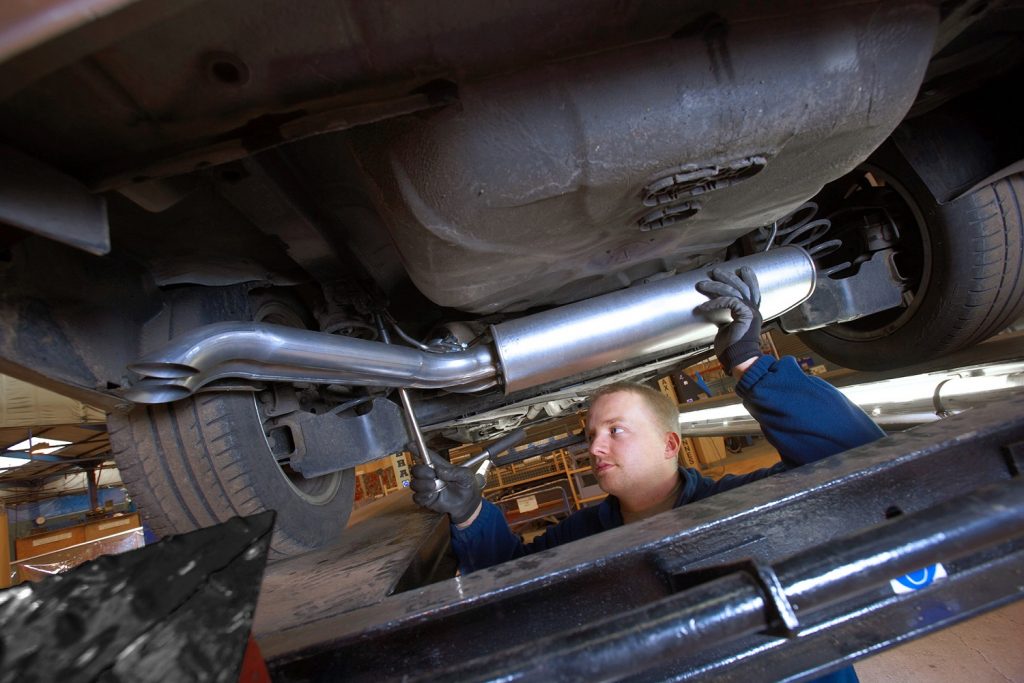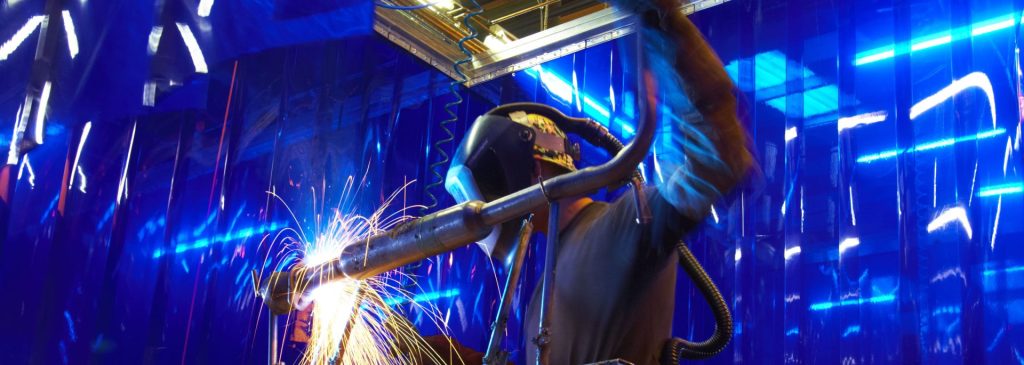A modern aftermarket for classic cars! Whether they are hibernating in garages, nestled under car covers or more likely, in pieces on the driveway – we are a nation of classic car lovers. Despite the challenges of running an older vehicle, many enthusiasts aspire to the agony and ecstasy of ownership. As any petrolhead knows, keeping these cars on the road is a constant challenge. That’s why the UK aftermarket plays such a vital role in keeping automotive history alive for future generations, as Doug Bentley, Head of Research and Development at Klarius Products, explains.

Classic car ownership conjures romantic images of sunny drives on open country roads, preferably to a car show or pub lunch. That’s the fantasy anyway, but all too often the reality is that the vehicle will spend more time at the service garage than at home – especially if it refuses to start. Consequently, UK classic car culture fuels a market that was estimated to be worth around £1.2 billion in 2023.[1]
Cars have a hard life on wet, potholed and salted British roads, and this is especially true for older models. In the UK, we classify any car over 40 years old as a historic vehicle. According to the DVLA, there were 338,697 classic cars registered as of the end of 2023.[2] HMRC qualifies a classic car as anything over 15 years old and £15,000 in value, but this falls more into the modern classic category. Import laws in the U.S. draw the line at 25 years. Either way, what all these vehicles share is an evocative driving experience that modern machinery can’t match.

So, what are the problems of classic car ownership? Well, for a start, automotive engineering has moved on quite a bit since the 20th century. Classic cars were not built to the standards of today; park a diminutive MGB next to a current generation MX5 to see the progress. Furthermore, classics can be blighted, or blessed, depending on your opinion, with quirky design choices that even when new, didn’t promote reliability. Just ask Triumph Stag owners. Materials could be of poor standard, which meant some vehicles simply rusted to dust. Looking at you, Lancia Beta. Build quality varied wildly too, from the bomb proof approach of Mercedes in its heyday to the famous ‘that’ll do’ attitude of British Leyland.
However, maintenance is still the biggest concern. Owners often need to find a specialist garage that has experience with their car, as it would be unreasonable to expect your local MOT centre to properly maintain a classic Ferrari. Then, there is sourcing parts for repairs. Typically, automotive brands will charge exorbitant prices for legacy parts, or won’t offer them at all. Some marques may not exist anymore, making hunting for spares laborious and time-consuming.

Help is at hand through. Throughout the UK, aftermarket brands offer a wide range of quality replacement components to fit classic cars, even when manufacturer support is unavailable. Often, these components are available at a more competitive price and on shorter lead times, helping owners save money and garages speed up the turnaround for repairs. With the rich automotive heritage of the UK and plethora of suppliers, quality replacement parts are accessible for even the most obscure models.
More than that, modern technology is providing new ways to produce and improve parts. Additive manufacturing allows any component to be replicated. Furthermore, 3D printing, and custom fabrication offers the opportunity to specify improved materials, increasing durability and combating the mortal enemy of any classic car, corrosion. However, taking an entirely custom approach can be very costly.

For those running a classic car without the budget for a full-blown ‘restomod’ project, it pays to know which aftermarket suppliers offer a range of parts to fit the vehicle. At Klarius Products, we support this thanks to our free Online Catalogue, where garage technicians and car owners can input make, model and production year to browse over 11,000 available exhausts, many for classic cars. Exposed to road conditions, a vintage exhaust won’t last, but an upgraded aluminised steel replacement that matches the original design will.
Ultimately, keeping classic cars on the road is a responsibility shared between the owner, service garages and the aftermarket. While everyone can’t afford to ‘restomod’ an old 911, many enthusiasts are looking for quality replacement parts that will keep their pride and joy running for years to come. By providing these components with added value and convenience, the aftermarket can make owning and repairing these evocative vehicles a better experience for everyone, creating a modern aftermarket for classic cars.
[1] Projected size of the UK classic car market between 2020 and 2024 – Statista
[2] DVLA data reveals the number of classic cars in the UK – Garage Wire



